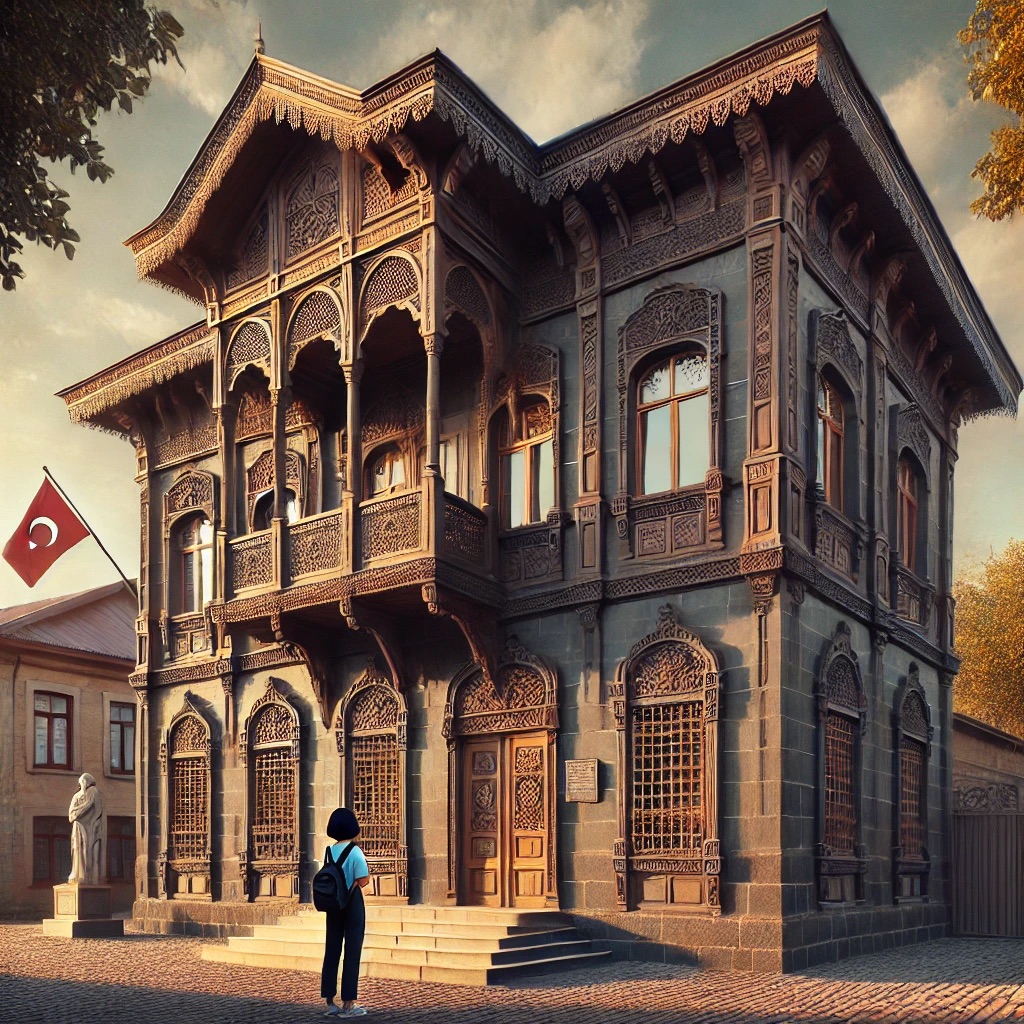ChatGPT:
Kars, located in northeastern Turkey near the border with Armenia, is a city with a rich historical background, diverse cultural influences, and a strategic geopolitical position. The city is known for its unique architectural style, blending Ottoman, Russian, and Armenian elements, and has played a significant role throughout various empires and periods.
Origins and Early History
Kars’s history dates back to antiquity, with archaeological evidence suggesting human settlement in the region since the Bronze Age. Its early history is linked to the Kingdom of Urartu, an ancient civilization that thrived around Lake Van. Over time, the area became a part of the Kingdom of Armenia, where Kars became an important administrative and cultural center. During the 9th and 10th centuries, it was the capital of the Bagratid Kingdom of Armenia, and the city’s prominence increased.
Medieval Period and Islamic Influence
In the 11th century, Kars was captured by the Seljuk Turks, marking the beginning of Islamic influence in the region. The city was then contested between various powers, including the Georgians and the Mongols, who successively ruled the region during the medieval period. In 1534, the Ottomans incorporated Kars into their empire, and it became an essential garrison town due to its proximity to the empire’s eastern frontier.
Russian Occupation and 19th Century Developments
During the 19th century, Kars became a focal point in the Russo-Turkish conflicts due to its strategic location. After the Russo-Turkish War of 1877–1878, the Treaty of San Stefano ceded Kars to the Russian Empire. Under Russian rule, the city saw significant architectural development, especially with buildings in the unique Baltic-style architecture that are still visible today. This period also brought a mix of ethnic communities, including Russians, Armenians, and various Christian groups, adding to Kars’s cultural diversity.
20th Century to Modern Era
Kars was returned to Turkey after World War I, following the Treaty of Kars in 1921. However, the city was affected by conflicts and migrations, especially during the early years of the Turkish Republic. Throughout the 20th century, Kars remained a modestly populated city, serving primarily as an agricultural hub.
In recent years, Kars has experienced a resurgence in tourism, with travelers drawn to its historical sites, such as the ancient Armenian Church of the Holy Apostles, Kars Castle, and the ruins of Ani (once a flourishing medieval Armenian city near Kars). The city has also gained fame for its local delicacies, like Kars cheese and honey, and for being the setting of Orhan Pamuk’s novel Snow, which has brought Kars a unique place in Turkish literary culture.
Cultural and Architectural Significance
Kars’s architecture, particularly from the Russian period, is distinctive in Turkey, featuring neoclassical and Baltic-style buildings that stand out against the backdrop of traditional Ottoman and local styles. The preservation of these buildings, along with the multicultural history of the city, gives Kars a unique character, distinct from other Turkish cities.
Today, Kars is known as a vibrant cultural center that celebrates its heritage while also embracing a growing tourism sector. The city’s proximity to Ani and the picturesque landscapes surrounding it continue to attract visitors looking to explore both natural beauty and historical depth.
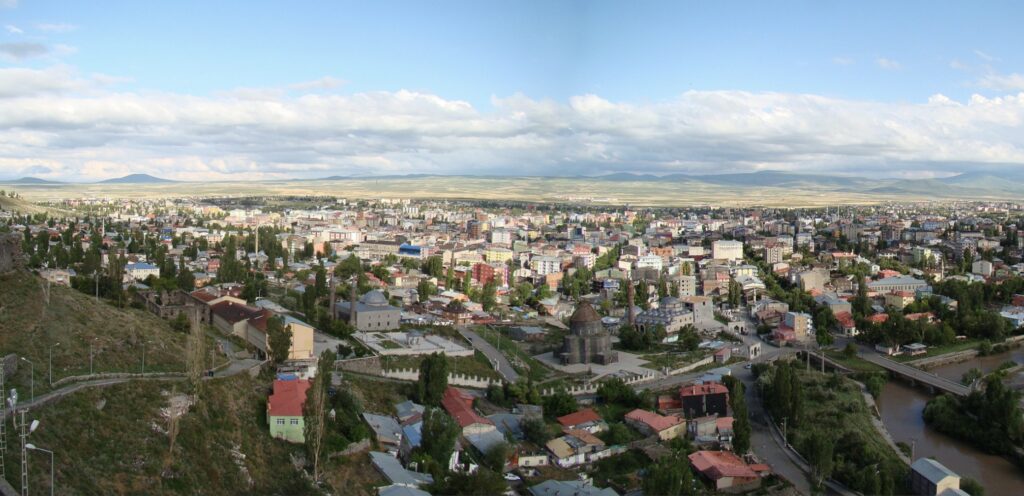
Kars boasts unique architectural characteristics that reflect its complex history, especially during the Russian occupation in the late 19th and early 20th centuries. This mix of styles gives Kars a distinctly different look from other Turkish cities, blending Baltic, neoclassical, and local influences. Here are some defining features:
1. Russian-Baltic Architecture
• Thick Stone Walls: Many buildings in Kars have thick, black basalt stone walls, a feature of the Baltic architectural style introduced during Russian rule. This dark stone gives the city a stately, austere appearance, especially noticeable in official buildings and military structures.
• Symmetrical Facades: Russian influence brought symmetrical, rectangular layouts, with evenly spaced windows and classical proportions. This balance gives the buildings an orderly and harmonious look.
• Arched Windows and Doorways: Rounded, arched windows and doors are a common feature. These arches are often lined with lighter stone, creating a contrast that highlights the architectural details.
• Detailed Cornices and Moldings: Many buildings have cornices and moldings with subtle decorations, which, while restrained, add to the elegance of the facades. Some structures feature floral or geometric carvings around the windows and doors, giving a nod to classical and neoclassical aesthetics.
2. Ottoman Influences
• Wooden Balconies and Eaves: Though not as prominent as in other Ottoman towns, some buildings in Kars have wooden balconies and overhanging eaves, which soften the otherwise strict symmetry of the Russian designs.
• Courtyards: Ottoman-style homes often feature central courtyards, creating semi-private outdoor spaces. In Kars, a few buildings blend this courtyard layout with the Russian exterior design.
3. Public and Religious Buildings
• Kars Castle: The medieval Kars Castle, with its rugged, fortified stone walls, overlooks the city from a nearby hill. Originally built by the Bagratid Armenians and later modified by the Ottomans, it serves as a reminder of the city’s long history before the Russian period.
• Church of the Holy Apostles: This Armenian church, converted into a mosque, is notable for its unique domed structure with twelve external niches representing the Apostles. Its cylindrical design, topped with a conical dome, reflects traditional Armenian architectural style and stands out in Kars’s architectural landscape.
4. Residential Buildings
• Low-rise, Solid Structures: Residential buildings are typically two or three stories high, built with the same black basalt stone. They often have understated façades, lacking the ornate decorations of Ottoman or modern Turkish homes.
• Iron Balustrades and Shutters: Wrought iron railings on balconies and windows are common, adding a subtle decorative element to the otherwise austere stonework. Shutters, often in muted colors, bring a touch of contrast to the dark façades.
5. Contemporary Additions
• Preservation and Adaptive Reuse: Recently, efforts have been made to preserve Kars’s architectural heritage while repurposing buildings. Some Russian-era structures have been converted into boutique hotels, cafes, and cultural centers, carefully preserving the original architectural elements.
The architectural style of Kars makes it a compelling destination, reflecting both the city’s Russian past and its Turkish and Armenian influences, set against the striking landscape of northeastern Turkey.
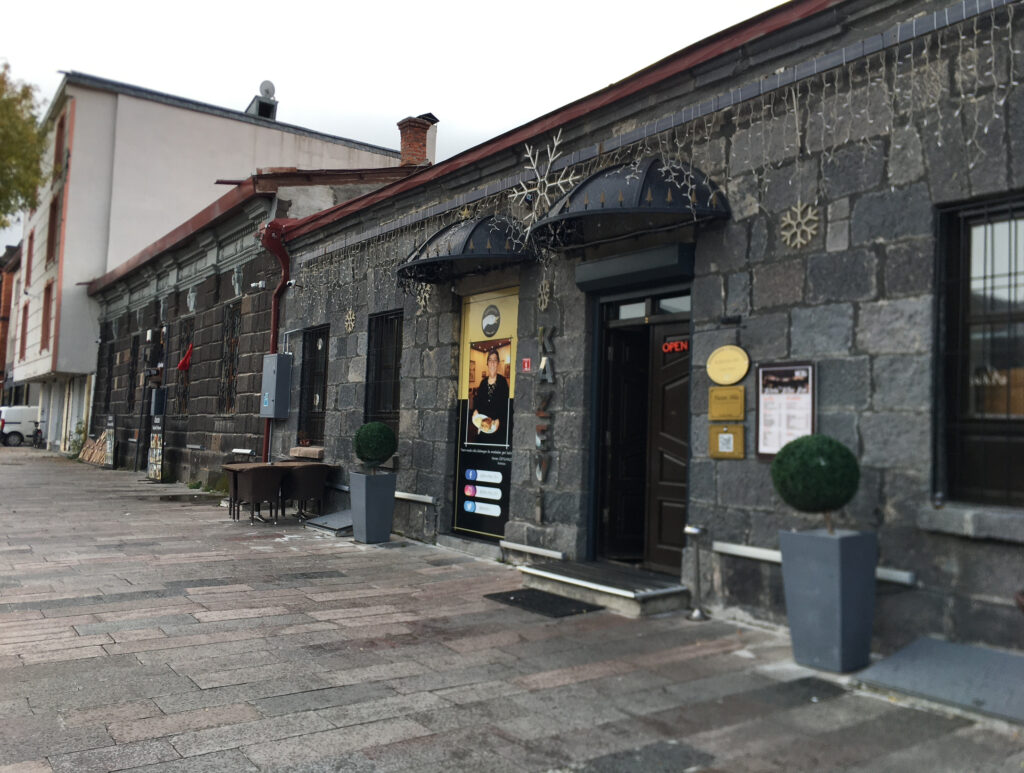
Kars is home to a variety of historical monuments and tourist attractions that reflect its multicultural heritage and strategic importance over centuries. Here are some of the most notable sites:
1. Ani Ruins: Often called the “City of 1001 Churches,” Ani was a medieval Armenian city near the border with Armenia. It features well-preserved ruins of churches, mosques, and city walls from the 10th century, showcasing Armenian, Georgian, and Seljuk architectural styles.
2. Kars Castle (Kars Kalesi): Built in the 12th century by the Saltuk Turks and later renovated by the Ottomans, Kars Castle overlooks the city. It offers panoramic views of Kars and the surrounding landscape.
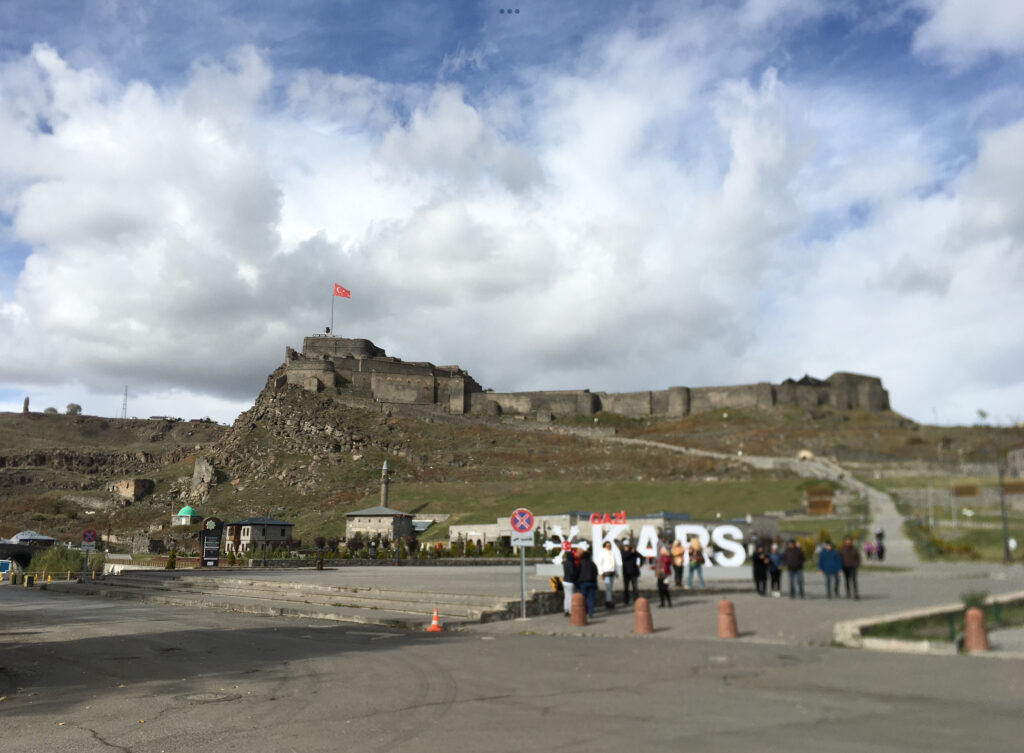
3. Church of the Holy Apostles (Kümbet Mosque): Originally an Armenian church built in the 10th century, this domed structure with twelve external niches is a prime example of Armenian architecture. It was later converted into a mosque under Ottoman rule.
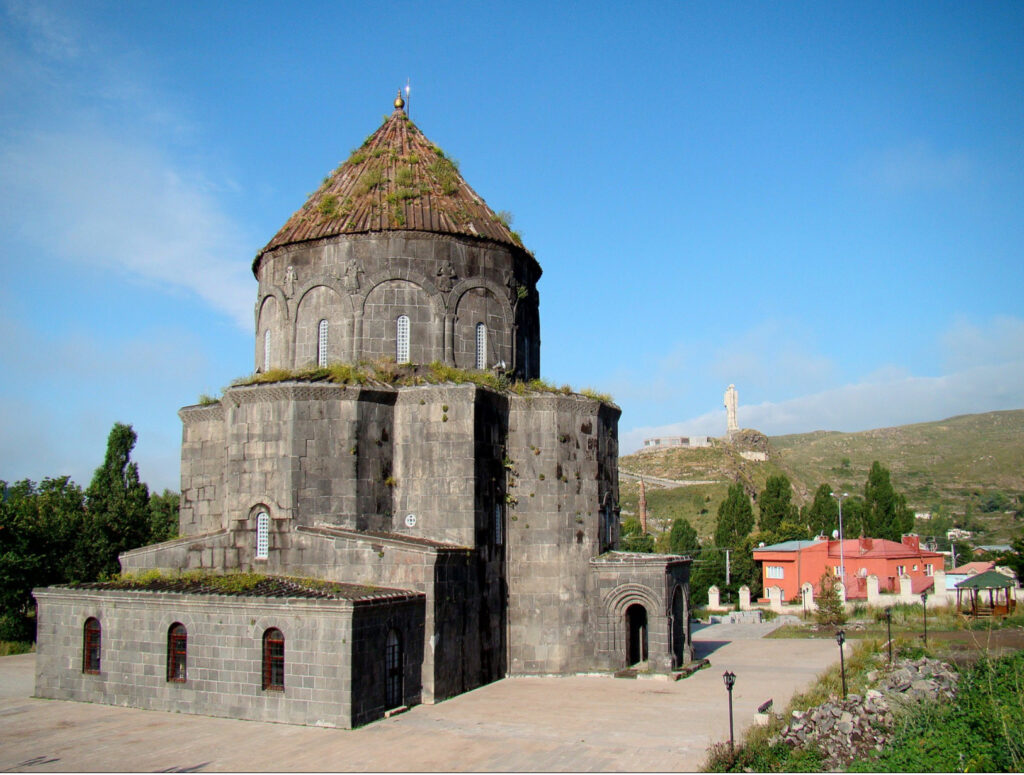
4. Fethiye Mosque: Originally constructed as a Russian Orthodox church during the Russian occupation in the late 19th century, this structure is notable for its neoclassical Russian architecture, including pointed arches and thick stone walls.
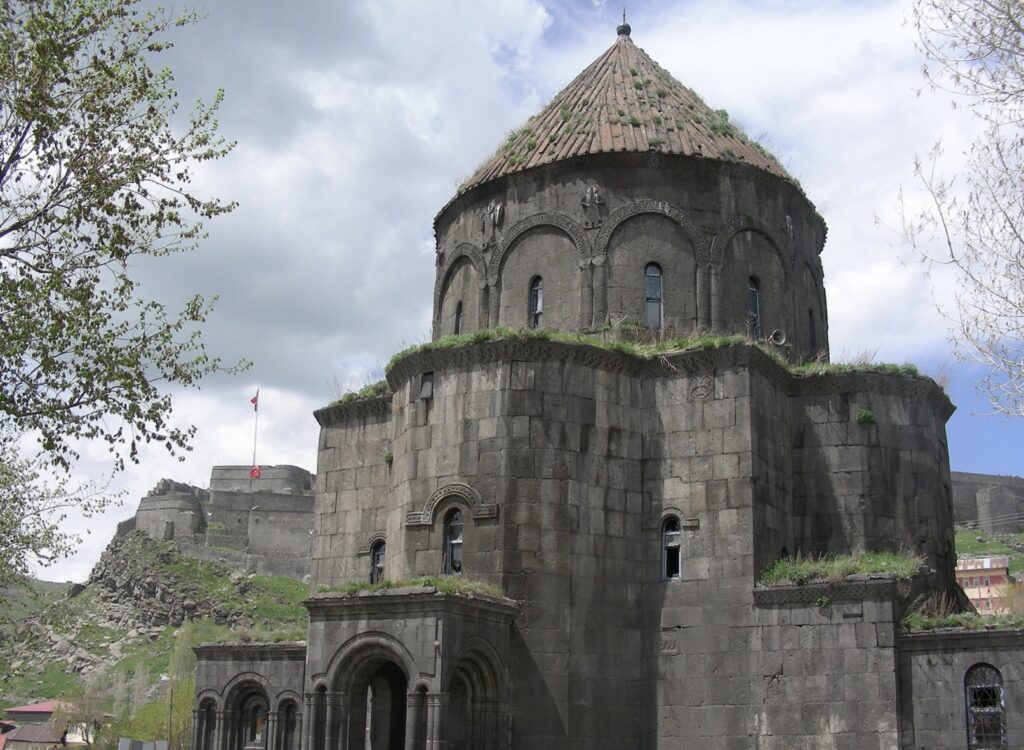
5. Taşköprü (Stone Bridge): This 18th-century Ottoman bridge over the Kars River is a simple yet picturesque stone structure, providing great views of Kars Castle.

6. Historic Russian Mansions: A legacy of the Russian occupation, these mansions feature Baltic and neoclassical architectural styles, with thick stone walls and detailed facades. Some of them have been repurposed as hotels and restaurants.
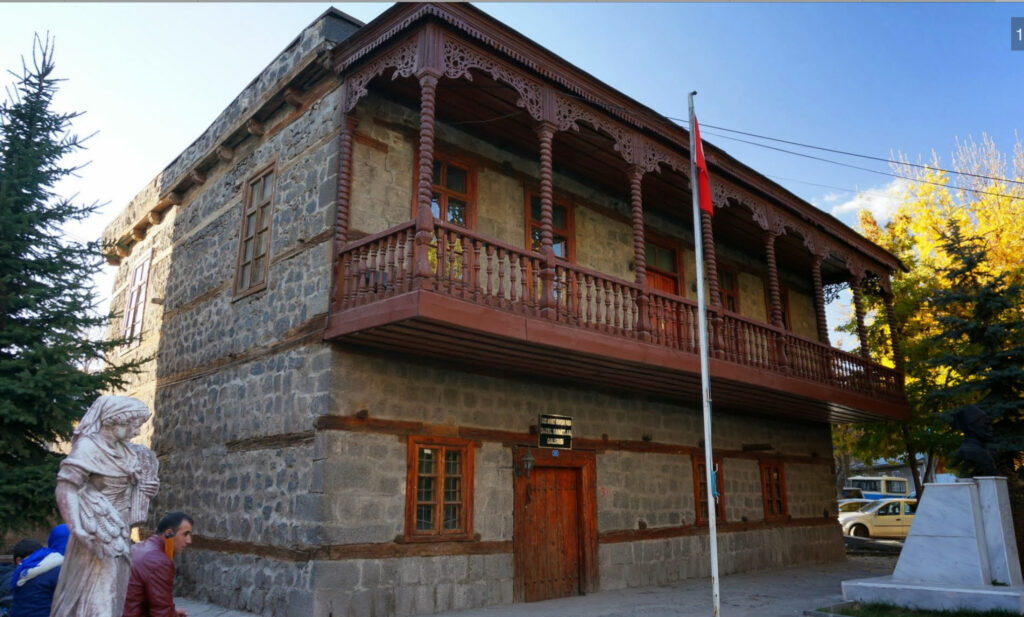
7. Seljuk Sarcophagi: These intricately carved tombstones are located in the Kars region and date back to the Seljuk period. The stones bear traditional motifs and designs.
8. Museum of Kars: This museum houses artifacts from the region’s diverse history, including Urartian, Armenian, Byzantine, Seljuk, and Ottoman relics. It provides context for the cultural and historical significance of Kars.
9. Lake Çıldır: While not a historical site, Lake Çıldır is a popular natural attraction near Kars. It freezes over in winter, allowing for ice fishing and traditional horse-drawn sleigh rides.
10. Ebu’l Menucehr Mosque: Located in the Ani ruins, this mosque is believed to be one of the oldest in Anatolia, dating back to the 11th century and showcasing early Islamic architecture in the region.
These sites make Kars a unique destination that offers a blend of natural beauty, historical significance, and architectural variety, reflecting its role as a crossroads of cultures.
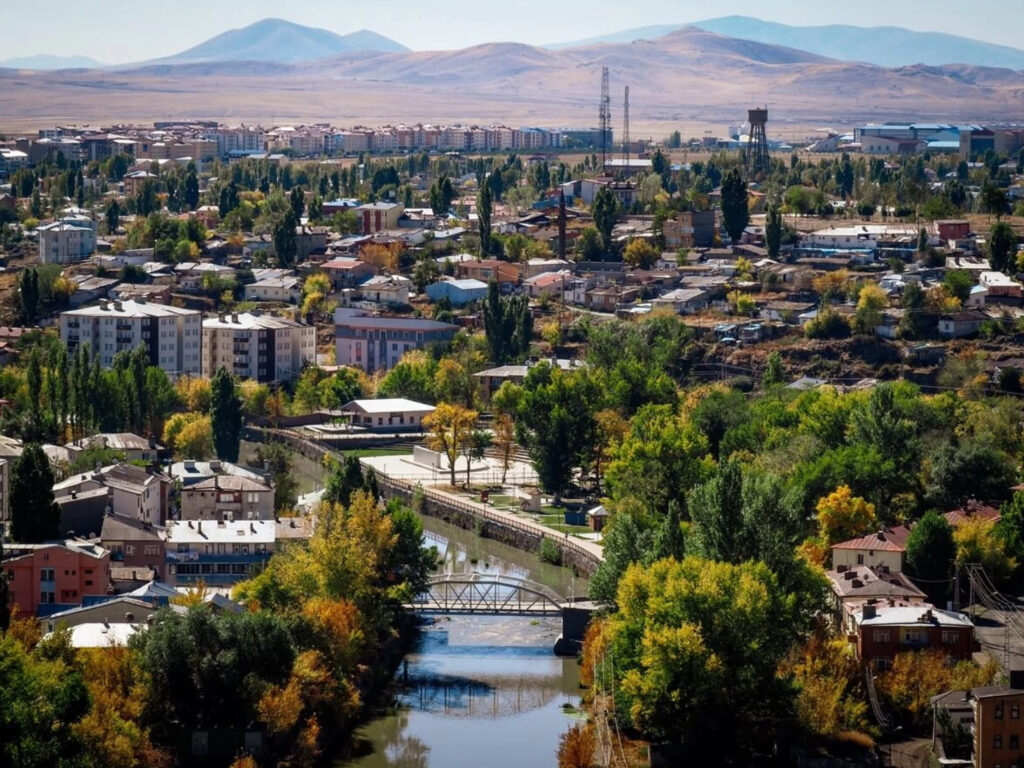
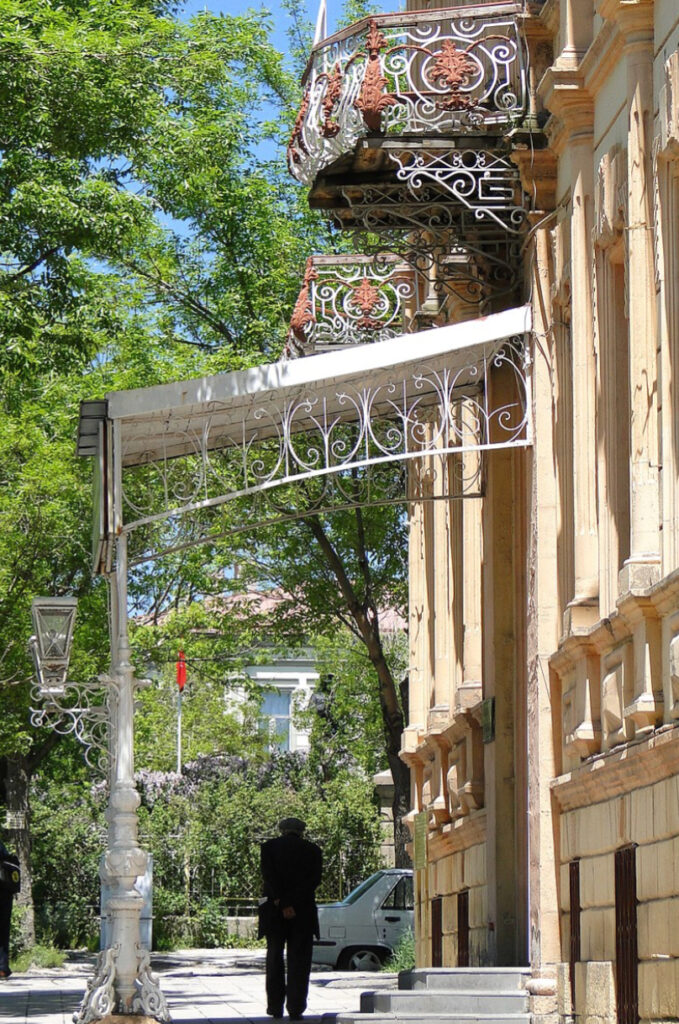
Here’s a one-day itinerary in Kars that focuses on the city’s main attractions, its local history, and its culinary specialties:
Morning
1. Breakfast at a Local Cafe with Kars Cheese
Start your day at a local cafe or cheese shop, such as Kars Peynircisi, where you can enjoy a breakfast featuring the famous Kars kaşar (aged yellow cheese) and gravyer (gruyère). Pair the cheeses with local honey, fresh bread, olives, and tea for an authentic and hearty breakfast.
2. Visit Kars Castle (Kars Kalesi)
Head to Kars Castle for a morning of exploring this historic fortress that dates back to the 12th century. Walk around the castle walls and take in the stunning panoramic views of the city and Kars River. The surrounding area also has scenic spots, perfect for photographs.
3. Church of the Holy Apostles (Kümbet Mosque)
A short walk from the castle, visit this significant structure originally built as an Armenian church in the 10th century and later converted into a mosque. Admire its unique architecture with twelve external niches, which reflect a blend of Armenian and Islamic influences.
Midday
4. Stroll through Historic Russian Mansions
Wander through the area near Fethiye Mosque, where you’ll find rows of Russian-era mansions. These buildings, with their Baltic and neoclassical architectural style, were built during the Russian occupation in the late 19th century and add a distinct European flair to Kars’s architectural landscape. Some of these buildings now serve as boutique hotels or cafes, offering insights into the city’s multicultural past.
5. Lunch with Kars Goose (Kars Kazı)
Stop for lunch at a local restaurant to try the famous Kars Goose (Kars Kazı), a signature dish in the region. The goose is typically slow-cooked and served with bulgur pilaf. This unique meal is considered a delicacy in Kars and offers a rich, savory taste.
Afternoon
6. Fethiye Mosque
Visit Fethiye Mosque, an architectural highlight of Kars originally built as a Russian Orthodox church during the Russian rule. Its neoclassical design, with pointed arches and thick stone walls, reflects Russian architectural influence and stands out as a notable monument.
7. Museum of Kars
Spend some time at the Museum of Kars to learn about the region’s diverse history, from the ancient Urartu civilization through Armenian, Georgian, Seljuk, and Ottoman periods. The museum houses a collection of artifacts, including pottery, coins, and traditional costumes, giving you a deeper understanding of Kars’s cultural and historical heritage.
8. Taşköprü (Stone Bridge)
Visit Taşköprü, an 18th-century Ottoman bridge spanning the Kars River. The bridge, built from local stone, is a simple yet beautiful example of Ottoman architecture and provides a scenic view of Kars Castle in the background, making it a nice spot for photos.
Evening
9. Dinner at a Traditional Kars Restaurant
For dinner, try a local restaurant where you can sample regional dishes like Piti (a lamb stew cooked with chickpeas, typically served in a clay pot) or Hangel (thin pasta topped with yogurt and butter sauce). Both dishes are popular in Kars and offer unique flavors that reflect the region’s culinary traditions.
10. Dessert with Kars Honey and Tea
End your day with a plate of local Kars honey and a cup of Turkish tea. The honey from Kars is known for its deep, floral flavor, thanks to the wildflowers in the area, and is a delightful way to finish off your culinary journey through the city.
This itinerary provides a thorough experience of Kars, focusing on the city’s historical sites and local food specialties, ensuring a memorable and fulfilling day without the Ani Ruins.
